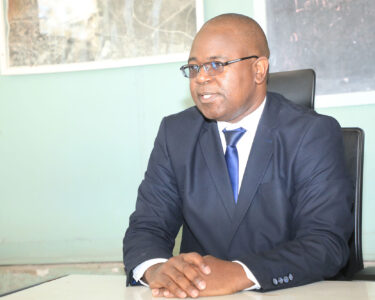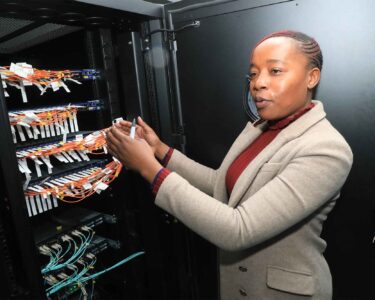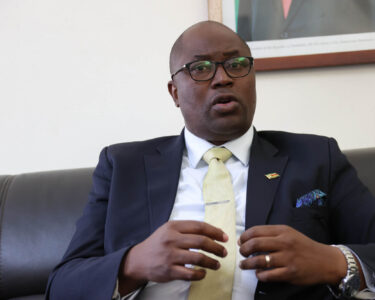The foreword to the National Development Strategy 1 (NDS1) reads: “Consistent with the collective aspirations and determination of the people of Zimbabwe to achieve an empowered and prosperous upper middle-income society by 2030, the Second Republic launched Vision 2030 to chart a new transformative and inclusive development agenda. It is the pursuit of this vision which will deliver broad-based transformation, new wealth creation and expanding horizons of economic opportunities for all Zimbabweans, with no one left behind.”
Our Senior Correspondent, Garikai Mazara, recently toured the Mbudzi Interchange and witnessed all the aspirations of NDS1, as captured in the foregoing foreword, at work.
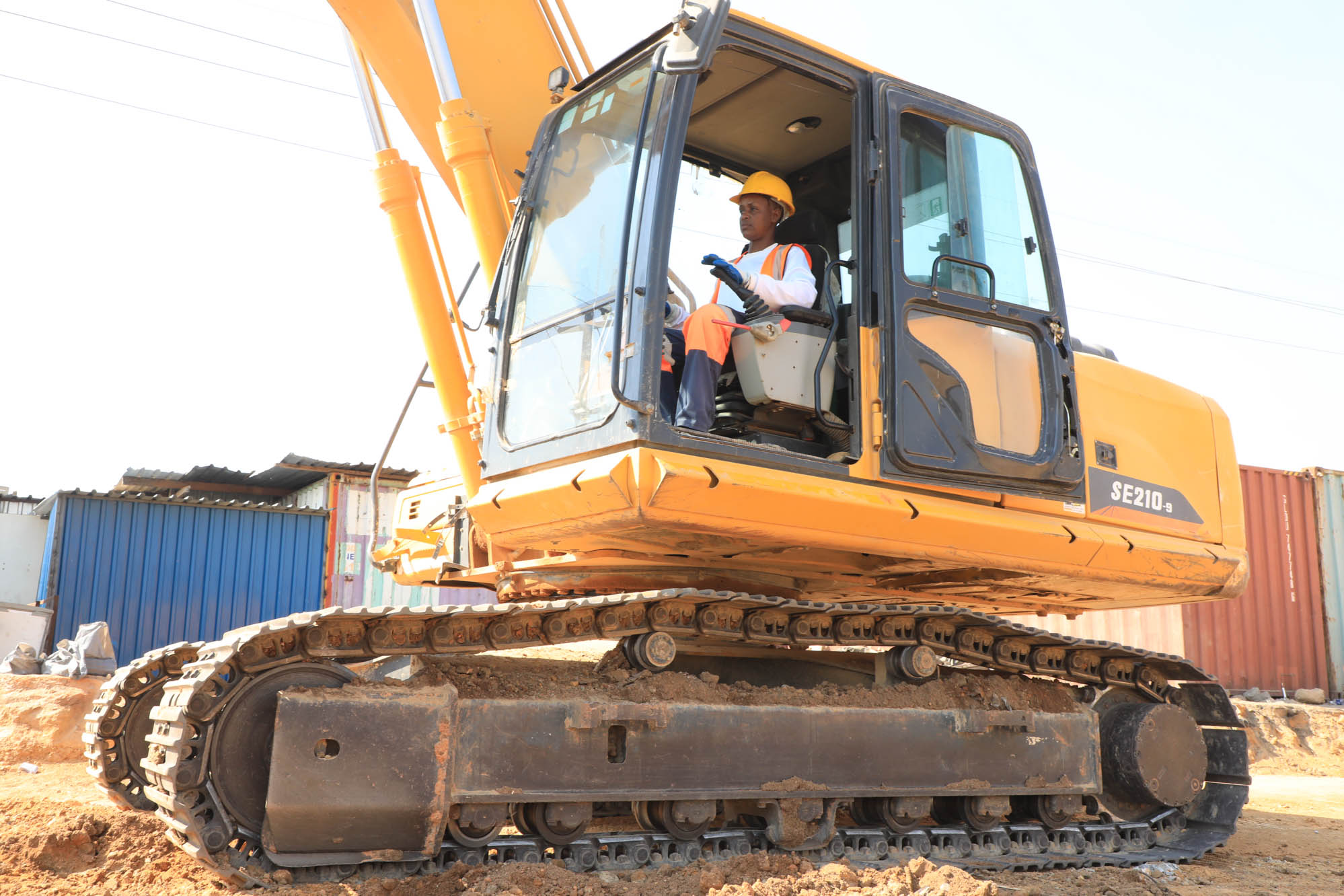
With the Second Republic in overdrive with the development agenda, as well as ensuring that no one is left behind in fulfilment of the National Development Strategy (NDS), women are not lagging behind in that thrust, as evidenced by the numbers employed in the ongoing construction of the multi-million-dollar Mbudzi Interchange.
The interchange boasts a 600-strong workforce, broken down as follows: Male — 531 (400 youths); female — 75 (50 youths): Breaking down the employment figures for the Mbudzi Interchange, Engineer Lawrence Mberikwazvo, the project director of Tefoma, the lead project contractors, says: “Our position when we started this project was to empower the local communities, with a bias towards getting more women involved. We are proud that, as much as we are contributing to the aspirations of NDS1, we are trying to be inclusive as much as possible.”
The Brick by Brick magazine was privileged to speak to three of the women on site — Clara Mashini, a concrete batching plant operator; Christine Emmanuel, the only female excavator operator; and Melissa Mutsindikwa, quality assurance/quality control engineer.
With a daily requirement of a minimum of 200 cubic metres of concrete, which can rise to 400 cubic metres, the mammoth task of mixing the concrete lies squarely in Clara’s hands.
Tall order for a woman? Not at all, says Clara. “It is like when you are baking a cake, you don’t mix the ingredients all at once. You have to know which ingredients to add and at what stage. If you mix all the ingredients all at once, you are likely to come up with a smudge of a cake. The same applies to concrete. All it takes is the right ingredients at the right and in the right quantities,” explained Clara, making it sound like 400 cubic metres of concrete was a piece of cake.
In fact, “baking” concrete, coming with the right product for different structures is something that Clara has been doing for the past 12 years. And to prove, she is no “layman”, she offered the following explanation: “To a layman, concrete looks just like any other lump of cement, but it differs in tensile strength depending on what it is meant for. Or where it is going to be used. For example, if the concrete is to be poured into an area with high moisture content, such as a wetland, there are some add-ons. The add-ons make it possible for the concrete to withstand the high moisture content of its environs in addition to ensuring that it is not easily corroded.”
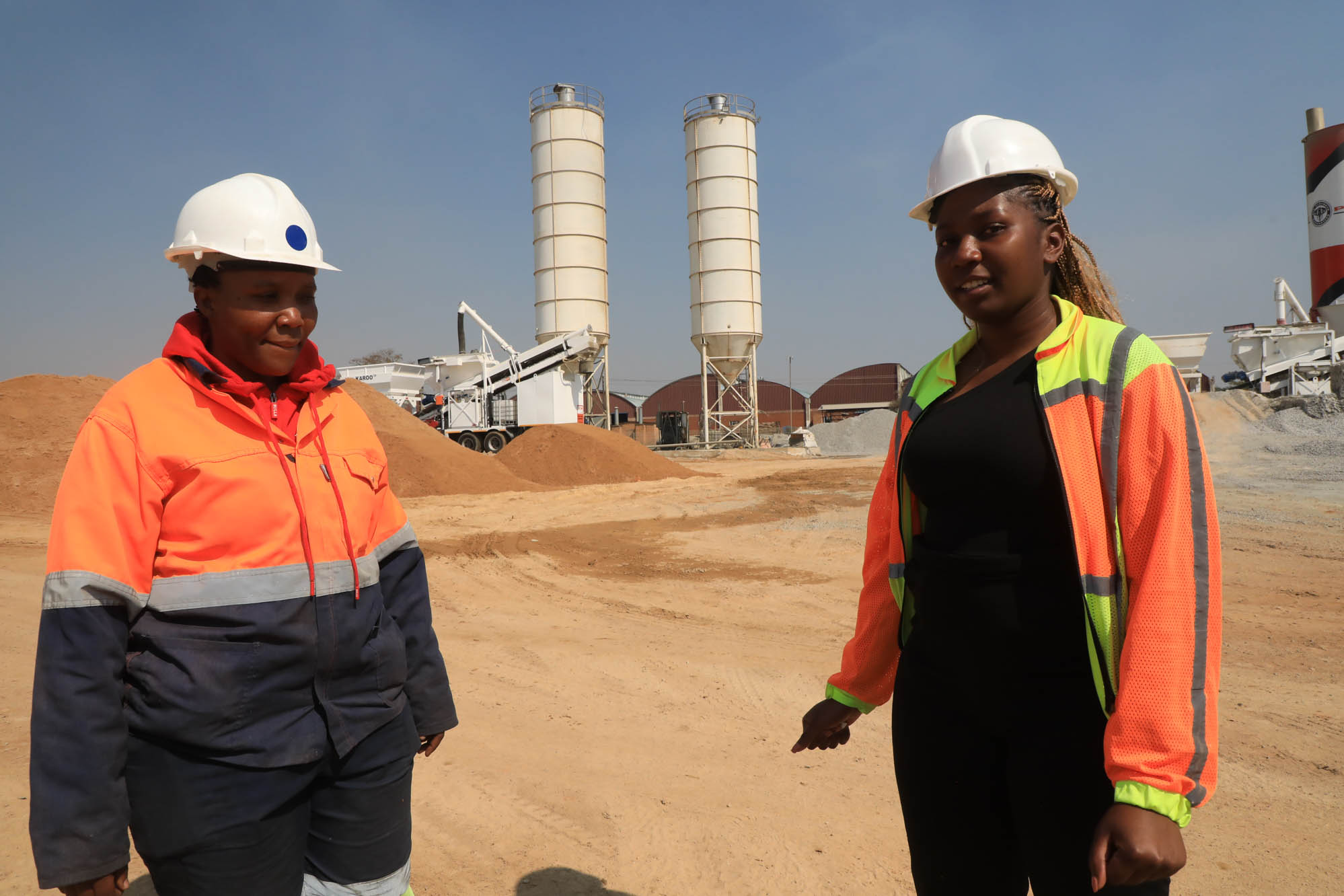

The 37-year-old Clara is no stranger to concrete-making, having cut her construction teeth at another mega-project —the Tugwi-Mukosi Dam in Masvingo Province. “I am proud to have been part of the team that built Tugwi-Mukosi Dam as I had a hand in mixing some of the concrete that holds back that massive water body.
“At a personal level, it is gratifying, to say the least, that I have been involved in the construction of two major projects in this country. And it is my hope that I will keep on contributing to the development of my country,” says Clara.
Tugwi-Mukosi Dam was built with the help of an Italian company which offered Clara the chance to do a foundation course in concrete-making in Italy. Not only was she rewarded with a certificate, by the experience that she gained during the construction of the dam has been invaluable in her new job.
For Clara, the sky is not the limit. Neither is a certificate in concrete-making the ceiling. “Presently, I am working on my degree programme with a South African university and hope to graduate next year with a Degree in Concrete Technology. But that should not stop me from pursuing further studies to broaden my horizons and understanding of the concrete world. [I must be prepared] because the world keeps changing and one needs to keep abreast of global trends,” said Clara, who is obviously enjoying her job, and often outperforming her male colleagues.
Which begs the inevitable question: What are some the challenges of working in a domain considered to be the preserve of men? For Clara, the challenges come with the territory. “There are times when you get the feeling that [a male subordinate] is reluctant to obey instructions, possibly because they are coming from a woman. But I always remind my male colleagues that it is not about gender or being a woman, but that we are here to work, there are targets to be met and standards to be maintained.”
Speaking of standards, part of quality assurance/quality control engineer Melissa Mutsindikwa’s job is to ensure that the interchange not only meets international standards, but that safety issues are taken seriously. “The construction industry must comply with a number of standards, notably ISO and, for that reason, part of my job is to ensure that our operating environment meets all the required safety standards.”
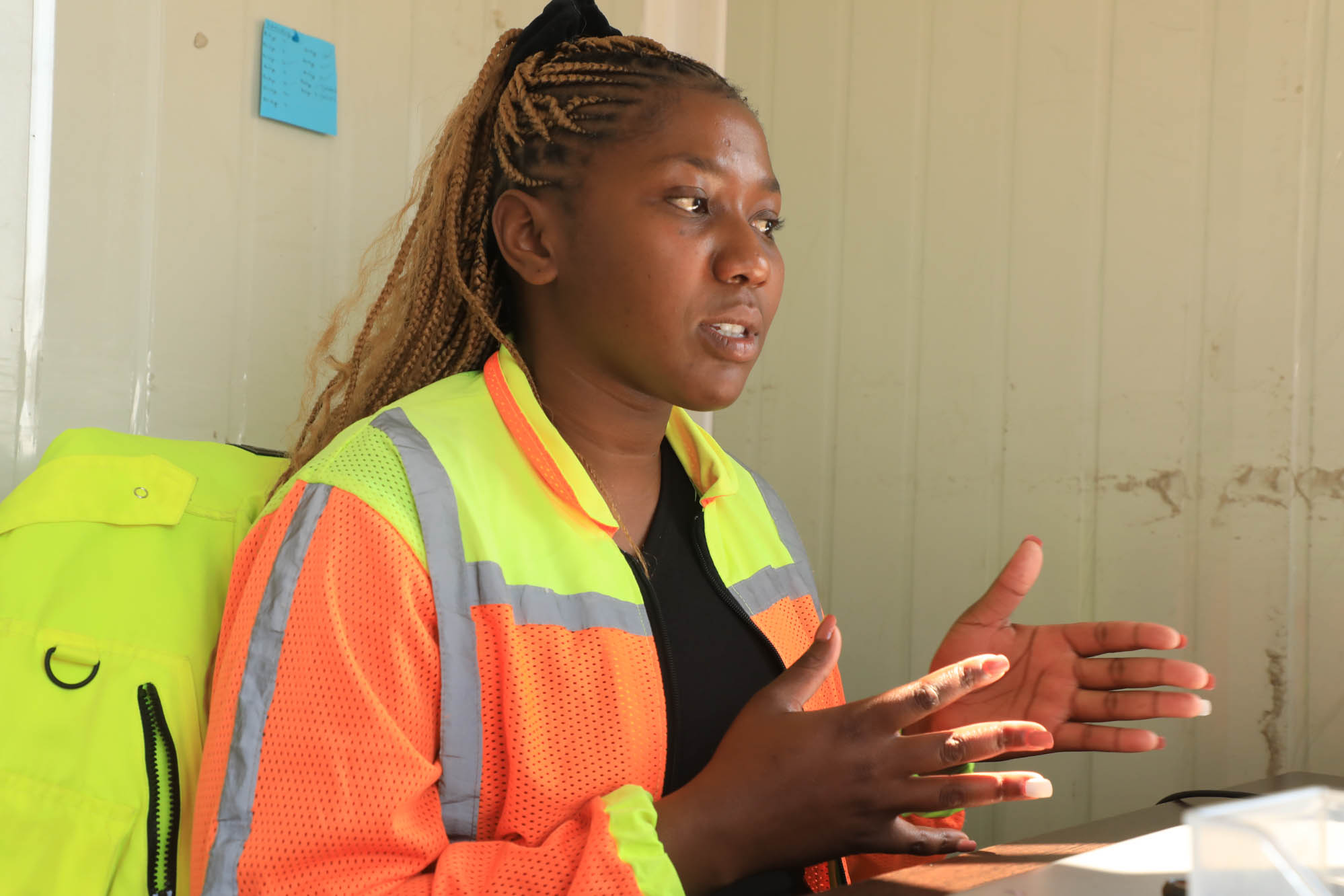
By the time of going to print, the Mbudzi Interchange had clocked over two million disaster-free man-hours, an achievement that Eng. Mberikwazvo has every reason to be proud of.
But for Melissa, it is not just about keeping fellow workmates safe, but also ensuring that the interchange conforms to international standards. “If we are constructing a culvert, we liaise with the project engineer, site engineer and consultant, so that we come up with the appropriate formula to help Clara come up with the right concrete mix.”
Christine Emmanuel is the only female excavator operator at the Mbudzi Interchange. For her, the construction of the interchange has opened numerous doors for her and is praying that her exploits will similarly open doors for other women.
“Almost on a daily basis I get enquiries from admirers, mostly women, on how I face up to the challenges of operating an excavator. But in an increasingly automated world, operating an excavator is as simple as sitting behind the steering wheel of any other motorised engine. It might look cumbersome and unwieldy from the outside, but it responds to its operator’s commands just like a car, lorry or bus responds to the driver’s commands.”
While Clara and Melissa are concerned about standards and safety, Christine’s wish is to inspire more women to join her in manoeuvring the monstrous earthmoving machines. Right now, she feels like a Lone Ranger. Says Melissa: “I have been operating these excavators since 2017. Every time I get asked some awkward questions like: Does it take someone high on drugs or something to operate such a huge machine? My answer is, and always will be: One does not need to be take drugs or to be drunk to operate an excavator. All it takes is the will and the drive to do what any man can do that drives me. I am sure all my fellow women out there can do it if they are self-motivated enough.
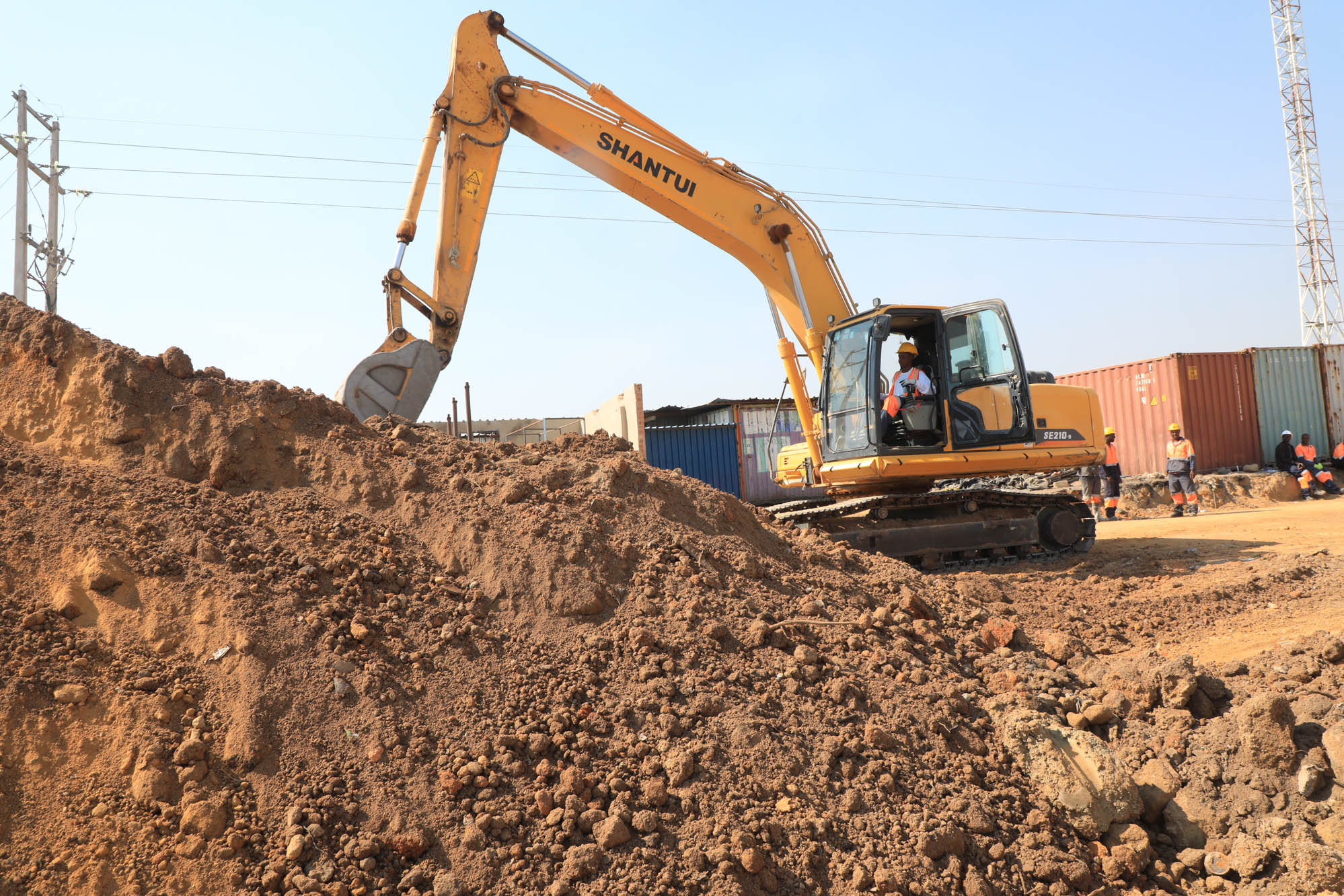
According to the Mbudzi Interchange female trio, this was only the beginning of even bigger projects to come.
“I am sure there will be more such projects in the future and I will be happy to be part of efforts towards developing my country. If I am called again to do similar projects in the future I will gladly take up the offer. I urge my fellow women out there to go for training and join in helping to develop our country. His Excellency, President Emmerson Mnangagwa, is always talking about the country being developed by its own citizens. We are the very citizens,” says Christine.
Formal education is no barrier to women seeking to make a career in the construction industry, says Christine, who completed her high school. “As long as one is able to read and write, they can train as an excavator operator. All one needs is a national identity card to enrol, after which one gets hands-on training. With experience and more exposure, one gets to be intimate with the machines,” were Christine’s words of advice.
But if you want to be a quality controller like Melissa, then a tertiary qualification is a must.
“To my fellow women who would like to join these male-dominated jobs, my message is very simple: Show them what you can do as a woman because we have the power. In other words, prove to them that ‘Women can do it’. Don’t listen to men, or anyone who tells you that you cannot do it, because it can be done,” said Melissa, who graduated with a Degree in Civil Engineering from the National University of Science and Technology. She subsequently joined Tefoma as a graduate trainee. Now she is a fully fledged quality assurance/quality control engineer. And she’s not looking back.
Singing from the same hymn book was Clara, who had this to say: “I would like to advise all women out there that even the sky is not the limit. It only takes determination and focus. If you remain focused you will achieve your goals.”
As the nyika inovakwa nevene vayo/ilizwe lakhiwa ngabanikazi labo juggernaut rumbles on towards Vision 2030, Clara sees herself as part of the country’s unstoppable developmental trajectory. “I am really inspired and would love to keep on making concrete for my country. I am more than willing to be part of that future.”
Clara Mashini, Christine Emmanuel and Melissa Mutsindikwa have broken the glass ceiling. The onus is now on all Zimbabwean women out there to step up to the plate.



